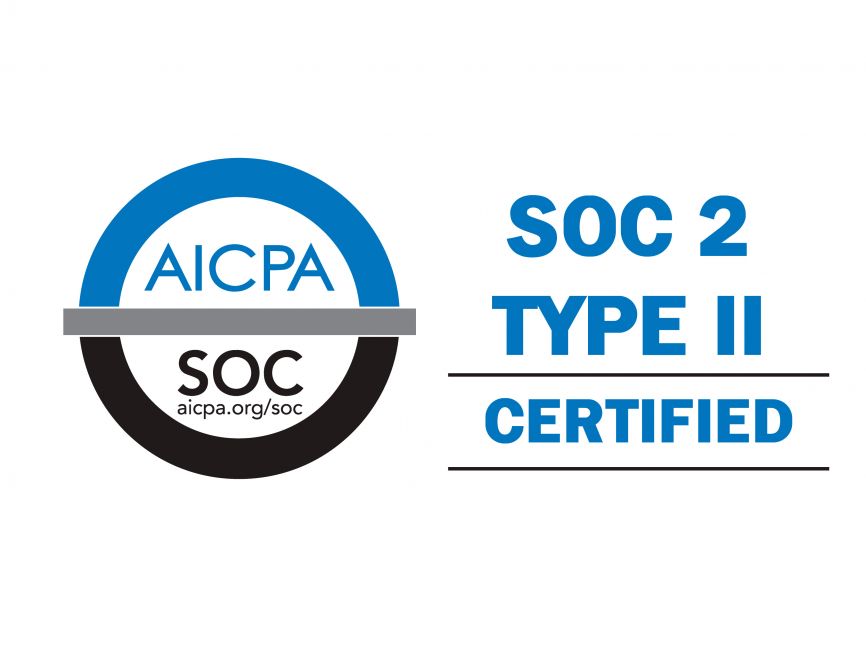Many people have been putting the Affordable Care Act on blast. If you haven’t noticed, the rate increases are astronomical. Here in Tennessee, Blue Cross Blue Shield raised its rates by 62 percent. In Texas, Blue Cross Blue Shield raised their rates by over 60 percent. I have been working on writing summaries about the state exchanges, and I have really not seen any Obamacare premiums that have not increased less than 8 percent.
Granted, I have been doing the extent of my Obamacare premium research in the Southeast. This is an area of the United States particularly not receptive to the ACA. It does not help that Obamacare premiums are going up almost exponentially.
Anyway, a recent study from The Urban Institute is saying that Obamacare premiums are actually LESS expensive than group premiums.
Let’s put this into perspective here. OK, 20 million Americans bought plans through the various ACA exchanges. Over 100 million people in America receive health insurance through non-market group plans through an employer.
Last year, employer coverage premium rates skyrocketed. The implementation of the ACA has not been kind to group plans through employers. Certain provisions of the law require that–depending on the full-time status of the employee and the size of the business–employers have to, first, offer health insurance plans to employees. Next, the employers have to pay half of the employee’s premiums.
The article I read from Maggie Fox of NBC News said that employees (and maybe employers, or even the other way around) are having to contribute more to their premiums. Furthermore, group plans have been steadily climbing since even before the Affordable Care Act.
—
First of all, health insurance is going to increase. Not always, but it’s better to count on an increase than expect a decrease in rates. Healthcare costs increase by an average of ____% annually; it is only normal that health insurance premiums will reflect this.
I can qualify the argument that it is a travesty how much Obamacare premium rates are increasing. But even with skyrocketing rate increases, The Urban Institute found that Obamacare plans do not really cost more than group plans. In fact, those people that buy nongroup plans from the Marketplace pay 10 percent less than those who purchase health insurance through their employer.
—
In scanning the UI study, here’s how I remember that the institute proved this point. OK, there are scores of data available to prove the average premium paid in different states and metropolitan areas. The authors of the study only used one reporting source for this data.
The authors put up some filters for their study. The data supports the finding for second-lowest cost silver plans in the areas of interest. As there are hundreds of plans available for each metal tier, this makes sense that the authors would focus down on one type of plan. Furthermore, these plans are the benchmark plans on which APTC are calculated.
To simplify the study as well, the authors eliminated tax credits from the data analysis. Every health insurance company firms up a rate that each person will pay in a rating area based on age and family size. It is income and family size that determine tax credits. Since every health insurance customer has different incomes and family sizes, tax credits are doled out on a case-by-case basis.
Marketplace plans will cost each individual and family different prices due to the amount of tax credits recieved. However, in a particular rating area, one 29-year old, single man would pay the same price as another 29-year-old single man if tax credits do not factor into the equation. To keep things simple, tax credits were excluded.
—

